-
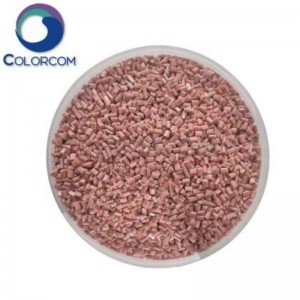
Copper antibacterial Masterbatch
Description The antibacterial masterbatch has highly effective antibacterial effect (the antibacterial rate of Escherichia coli, Staphylococcus aureus, etc. reaches 99.9%, and the antibacterial rate of Candida albicans reaches more than 90%;) and has good thermal stability, high temperature resistance, color resistance, and good compatibility and dispersion of spinning chips. In the process, the original process is not changed, the spinnability is good, the impact on spinning components ... -
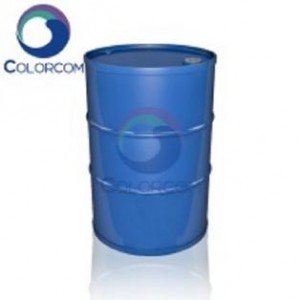
AF183 Fluid Loss Additive
Product Description 1.AF183 fluid loss additive is a synthetic polymer which is capable of effectively reducing water loss filtering from the slurry to porous formation during cementing process. 2.Specially designed for lightweight cement slurry system and normal density cement slurry with strong dispersity. 3.Enhance suspension stability, prevent them from sedimentaƟ on, and maintain good liquidity of cement slurries. 4.Thickening time decreases with increasing temperature, and the comp... -
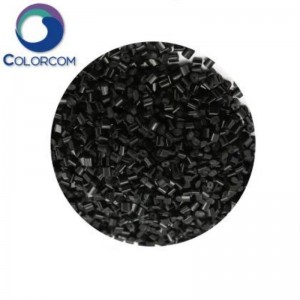
Black bamboo charcoal Masterbatch
Description Bamboo charcoal polyester masterbatch is a special bamboo charcoal masterbatch specially customized for chemical fiber manufacturers, using nanometer bamboo charcoal powder, high-quality polyester raw material as carrier, and good dispersion technology and manufacturing process. The bamboo charcoal polyester masterbatch contains 20% of nanometer bamboo charcoal powder. It is made from high-quality bamboo charcoal obtained from 5-year-old bamboo after carbonization at a high t... -
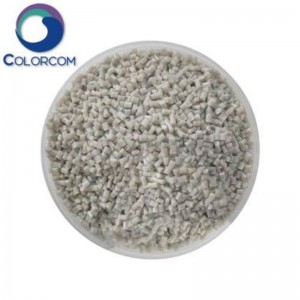
Cool feeling Masterbatch
Description Cool feeling masterbatch is a nanometer inorganic composite powder mainly composed of natural jade, which is prepared with high-quality polyester raw material as the carrier and good dispersion technology and manufacturing process. It has high chemical stability and thermal stability. Its application in chemical fiber can improve the thermal conductivity of chemical fiber, thus bringing a cool feeling to human body. Feather and use 1.It contains a variety of trace elemen... -

AF175 Fluid Loss Additive
Product Description 1.AF175 fluid loss additive is a synthetic polymer which is capable of effectively reducing water loss filtering from the slurry to porous formation during cementing process. 2.Specially designed for lightweight cement slurry system and normal density slurry with strong dispersity. 3.Generate thickening effect on cement slurry and enhance its suspension stability and prevent sedimentation. 4.The lightweight cement slurries applied with FLA CG212 products exhibit good ... -
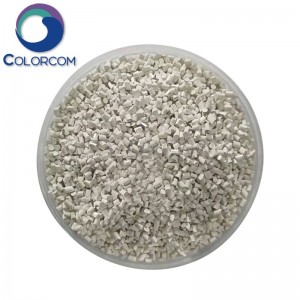
Far-infrared anion Masterbatch
Description The far-infrared polyester masterbatch adopts nanometer far-infrared micro-powder, selects high-quality polyester raw material as carrier, and cooperates with excellent dispersion technology and manufacturing process. The master batch contains 20% nano-sized far-infrared micro-powder, with small particle size (average particle size of 300~400nm), uniform distribution, and efficient far-infrared reflection ability, which can improve human microcirculation, enhance immune funct... -
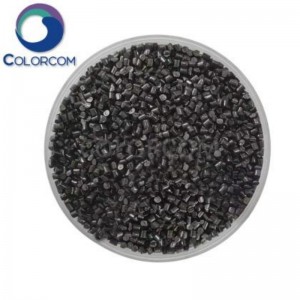
Graphene Masterbatch
Description Graphene is a two-dimensional honeycomb crystal structure formed by stacking single carbon atoms. According to the definition of the Graphene Industry Alliance, the number of layers is less than 10 and the graphite sheet has a complete graphite lattice. It is a material that combines excellent performance in electricity, heat, mechanics, optics and other aspects with the quality of high-quality materials in the world. Feather and use The composite functional fiber made f... -
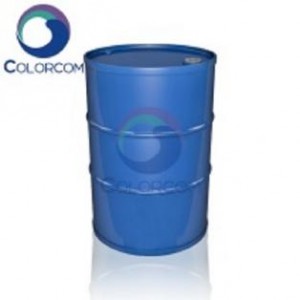
AF170 Fluid Loss Additive
Product Description 1.AF170 fluid loss additive is a synthetic polymer which is capable of effectively reducing water loss filtering from the slurry to porous formation during cementing process. 2.Specially designed for lightweight cement slurry and normal density slurry with certain dispersity. 3.Generate thickening effect on cement slurry and enhance its suspension stability. 4.Used below temperature of 120℃(248℉, BHCT). 5.Applicable mixing water: from fresh water to half-saturated sal... -
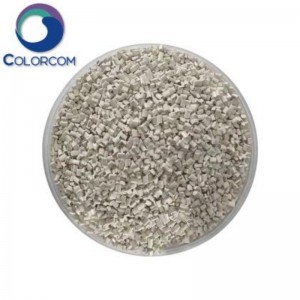
White bamboo charcoal Masterbatch
Classification Bamboo charcoal polyester masterbatch is a special bamboo charcoal masterbatch specially customized for chemical fiber manufacturers, using nanometer bamboo charcoal powder, high-quality polyester raw material as carrier, and good dispersion technology and manufacturing process. The bamboo charcoal polyester masterbatch contains 20% of nanometer bamboo charcoal powder. It is made from high-quality bamboo charcoal obtained from 5-year-old bamboo after carbonization at a hig... -
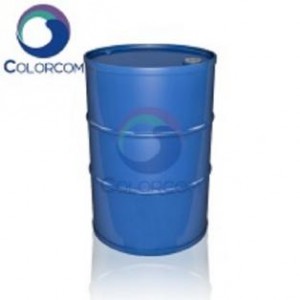
AF870 Fluid Loss Additive
Product Description 1.AF870 fluid loss additive is a synthetic polymer which is capable of effectively reducing water loss filtering from the slurry to porous formation during cementing process. 2.Applicable for high and ultra-high temperature oil well cementing. 3.Control fluid loss in normal density cement slurries, lightweight and high density cement slurries. 4.Compatible well with other additives, especially high temperature polymeric retarder. 5.Used below temperature of 204.4℃(400... -
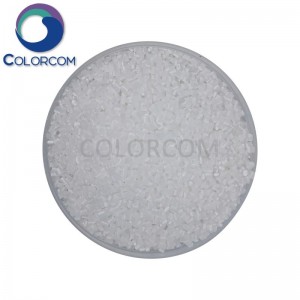
Antifogging Masterbatch
Description Anti-fog masterbatch is an additive to prevent the formation of fog on the surface of plastic film. When the temperature of transparent plastic film or plastic surface is lower than the temperature of the surrounding environment, or under hot and humid conditions, many small water droplets condense on the plastic surface, forming fog that affects the light transmittance of plastic film packaging. This antifogging masterbatch can form a uniformly distributed liquid mist film o... -
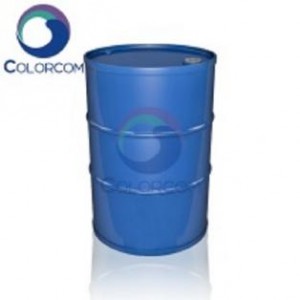
AF650 Fluid Loss Additive
Product Description 1.AF650 fluid loss additive is a synthetic polymer which is capable of effectively reducing water loss filtering from the slurry to porous formation during cementing process. 2.Applicable for medium-high temperature oil well cementing. 3.Control fluid loss in normal density cement slurries, lightweight and high density cement slurries. 4.Used below temperature of 180℃(356℉, BHCT). 5.Applicable mixing water: from fresh water to salt-saturated water. 6.Compatible well w...

